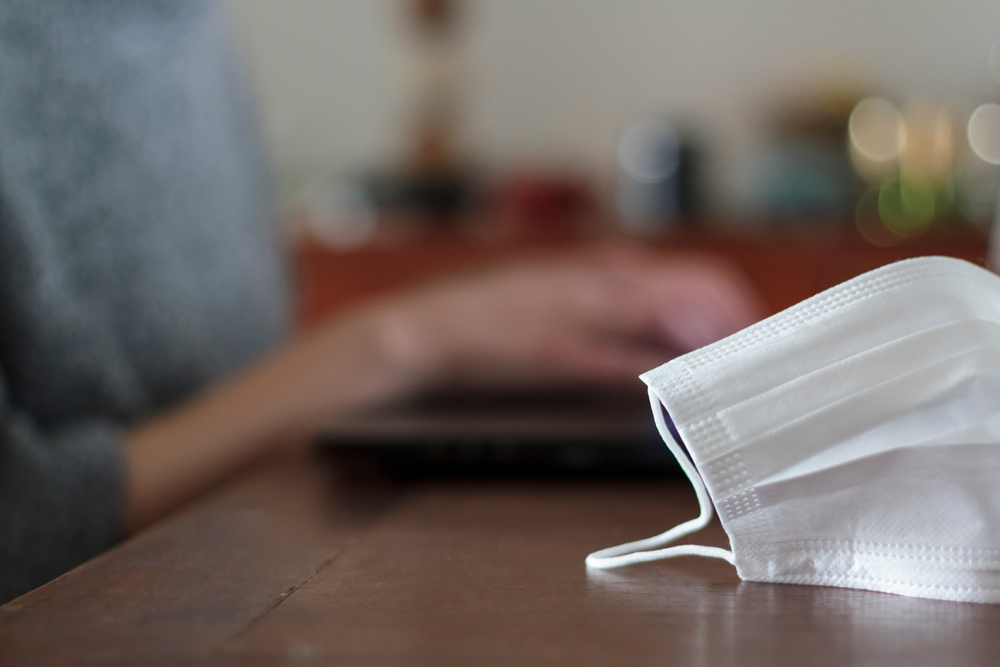Workers’ occupation, industry, and specific job duties factor into how physically close to others they must work, whether they need to interact with the public, and whether they are potentially exposed to infectious diseases like COVID-19, according to new research from the National Institute for Occupational Safety and Health (NIOSH).
In what may be the first study of workplace COVID-19 exposures outside of healthcare settings, NIOSH researchers examined the differences in exposures to the SARS-CoV-2 virus that causes COVID-19, the institute said November 17. One in five workers surveyed reported being exposed to COVID-19 at work, according to NIOSH.
“We found exposure to COVID-19 at work was common among survey respondents,” Hannah Free, MPH, lead author of the study, said in a statement from the institute. “Despite not being in healthcare, many of the workers that were surveyed who contracted COVID-19 had in-person contact with coworkers or the public.”
The study includes data from 1,111 survey respondents aged 18–64. NIOSH researchers partnered with six states—California, Georgia, New Hampshire, North Carolina, Pennsylvania, and Wisconsin—to collect information about workers in non-healthcare settings who were diagnosed with COVID-19 between September 2020 and June 2021.
The key findings from NIOSH’s study include:
- Of the 1,111 survey respondents, 19.4% reported exposure to COVID-19 at work, 23.4% reported exposure outside of work only, and 57.2% reported no known exposure or did not know where they were exposed.
- Almost half (48.8%) of respondents who worked in protective service occupations, which include police officers, firefighters, correctional officers, and security guards, reported being exposed to COVID-19 at work. Many workers in protective service were required to work near members of the public and coworkers.
- More than one-third (33.7%) of respondents who experienced close contact with more than 10 coworkers and 28.8% of respondents who experienced close contact with more than 10 customers or clients per day reported being exposed to COVID-19 on the job.
Researchers collected information about respondents’ occupations and industries, as well as their employer’s COVID-19 prevention policies and practices. The largest proportion of respondents who reported known workplace exposures worked in the public administration (justice, public order) and natural resources and utilities (agriculture, mining, utilities) industry clusters (35.6% and 30.4%, respectively).
NIOSH researchers also asked survey respondents about their exposures to people known or suspected to have COVID-19 and where those exposures occurred, whether that was in the workplace or outside of work.
The most common employer COVID-19 prevention practices included providing hand sanitizer (89.3%), requiring employees to wear a face covering or mask (88.3%), and using enhanced cleaning and disinfection procedures (83.7%). Less common practices included changing or improving ventilation systems (15.6%), reassigning workers who were at increased risk for severe illness (16.4%), and putting up physical barriers such as plexiglass partitions or plastic curtains (16.6%). Less than 1% of respondents reported that their employer did not implement any prevention strategies.
NIOSH researchers described the survey as the first study to collect detailed information about occupational exposures and risk factors from U.S. adults with SARS-CoV-2 infections employed in non-healthcare settings.

